I am designing a table using RelativeLayout in Android and add entries programmically. The result pleases me so far:

The layout code is
<RelativeLayout
android:id="@+id/table_relativelayout"
android:layout_width="fill_parent"
android:layout_height="fill_parent"
>
<TextView
android:id="@+id/column1_header"
android:layout_width="fill_parent"
android:layout_height="wrap_content"
android:layout_alignParentLeft="true"
android:layout_alignParentTop="true"
android:text="@string/column1_header"
style="?android:attr/listSeparatorTextViewStyle"
android:layout_weight="1.0"
/>
<TextView
android:id="@+id/column2_header"
android:layout_width="wrap_content"
android:layout_height="wrap_content"
android:layout_centerHorizontal="true"
android:layout_alignBaseline="@id/column1_header"
android:text="@string/column1_header"
android:textSize="14sp"
android:textStyle="bold"
android:textAllCaps="true"
android:textColor="@color/textColor"
/>
<TextView
android:id="@+id/column3_header"
android:layout_width="wrap_content"
android:layout_height="wrap_content"
android:layout_alignParentRight="true"
android:layout_alignBaseline="@id/column1_header"
android:text="@string/column3_header"
android:textSize="14sp"
android:textAllCaps="true"
android:textStyle="bold"
android:paddingRight="8dip"
/>
<TextView
android:id="@+id/example_column1_entry"
android:layout_width="wrap_content"
android:layout_height="wrap_content"
android:layout_alignLeft="@id/column1_header"
android:text=""
android:paddingLeft="8dip"
android:visibility="gone"
/>
<TextView
android:id="@+id/example_column2_entry"
android:layout_width="wrap_content"
android:layout_height="wrap_content"
android:layout_alignRight="@id/column2_header"
android:text=""
android:visibility="gone"
/>
<TextView
android:id="@+id/example_column3_entry"
android:layout_width="wrap_content"
android:layout_height="wrap_content"
android:layout_alignRight="@id/column3_header"
android:paddingRight="8dip"
android:text=""
android:visibility="gone"
/>
</RelativeLayout>
However, as more entries are added, scrolling becomes necessary. So I wrap the whole thing in a ScrollView (as per this answer)
<ScrollView
android:id="@+id/table_scrollview"
android:layout_width="fill_parent"
android:layout_height="wrap_content"
android:scrollbars="vertical"
android:fillViewport="true"
>
...
</ScrollView>
This of course has the result that the header row is hidden if I scroll down. I'd much rather have it outside the ScrollView but then I don't know how to align the entries with the header. Any ideas?